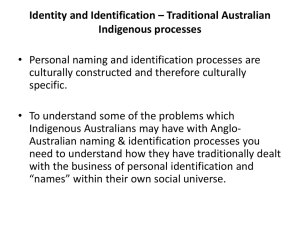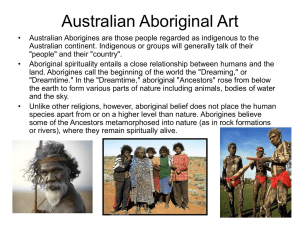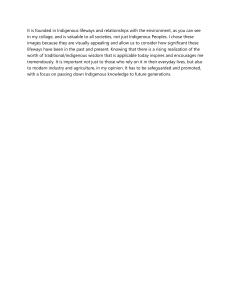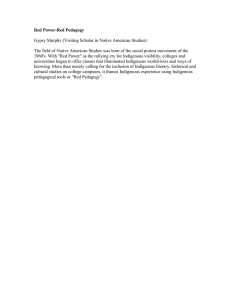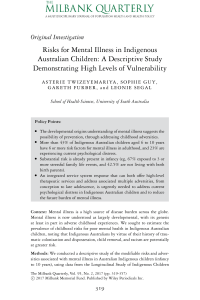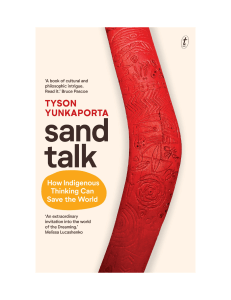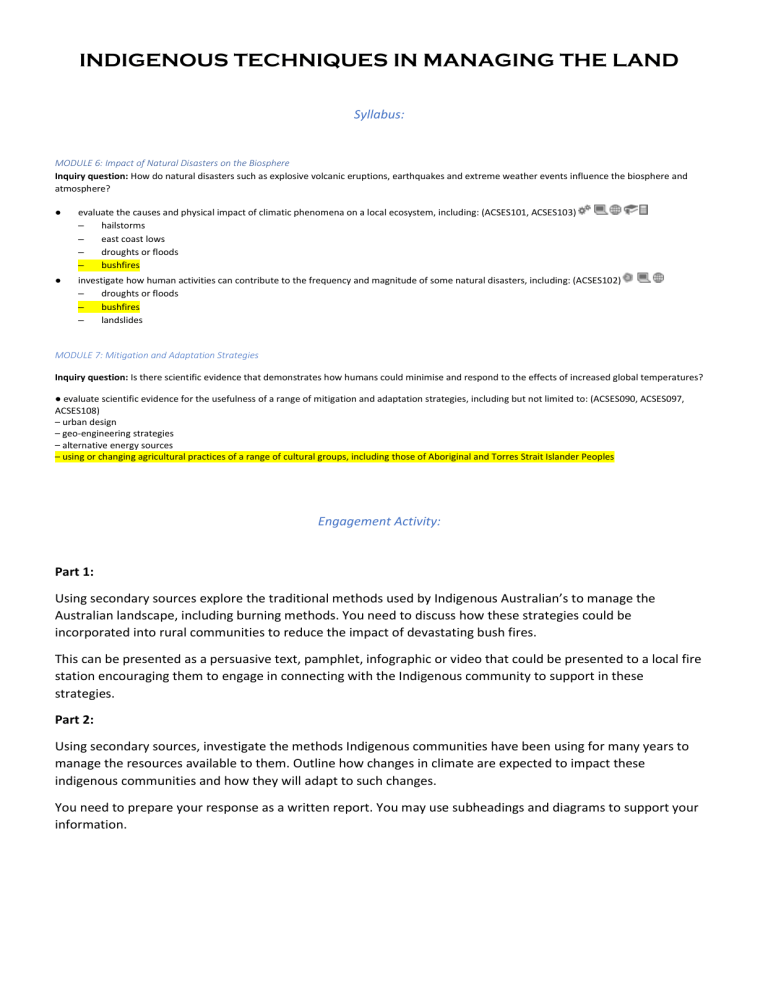
INDIGENOUS TECHNIQUES IN MANAGING THE LAND Syllabus: MODULE 6: Impact of Natural Disasters on the Biosphere Inquiry question: How do natural disasters such as explosive volcanic eruptions, earthquakes and extreme weather events influence the biosphere and atmosphere? ● evaluate the causes and physical impact of climatic phenomena on a local ecosystem, including: (ACSES101, ACSES103) – hailstorms – east coast lows – droughts or floods – bushfires ● investigate how human activities can contribute to the frequency and magnitude of some natural disasters, including: (ACSES102) – droughts or floods – bushfires – landslides MODULE 7: Mitigation and Adaptation Strategies Inquiry question: Is there scientific evidence that demonstrates how humans could minimise and respond to the effects of increased global temperatures? ● evaluate scientific evidence for the usefulness of a range of mitigation and adaptation strategies, including but not limited to: (ACSES090, ACSES097, ACSES108) – urban design – geo-engineering strategies – alternative energy sources – using or changing agricultural practices of a range of cultural groups, including those of Aboriginal and Torres Strait Islander Peoples Engagement Activity: Part 1: Using secondary sources explore the traditional methods used by Indigenous Australian’s to manage the Australian landscape, including burning methods. You need to discuss how these strategies could be incorporated into rural communities to reduce the impact of devastating bush fires. This can be presented as a persuasive text, pamphlet, infographic or video that could be presented to a local fire station encouraging them to engage in connecting with the Indigenous community to support in these strategies. Part 2: Using secondary sources, investigate the methods Indigenous communities have been using for many years to manage the resources available to them. Outline how changes in climate are expected to impact these indigenous communities and how they will adapt to such changes. You need to prepare your response as a written report. You may use subheadings and diagrams to support your information. Reflection: You need to answer these reflection questions below and submit them to me via email at the conclusion of this activity: 1. Explain how this activity gives you an appreciation of Aboriginal cultural practices in managing the land? 2. Why do you think this course, Earth and Environmental Science, should engage in connecting with Aboriginal understanding and traditional methods used? 3. After your research how do you think we can be more respectful of the traditional practices of Indigenous Australian’s?
